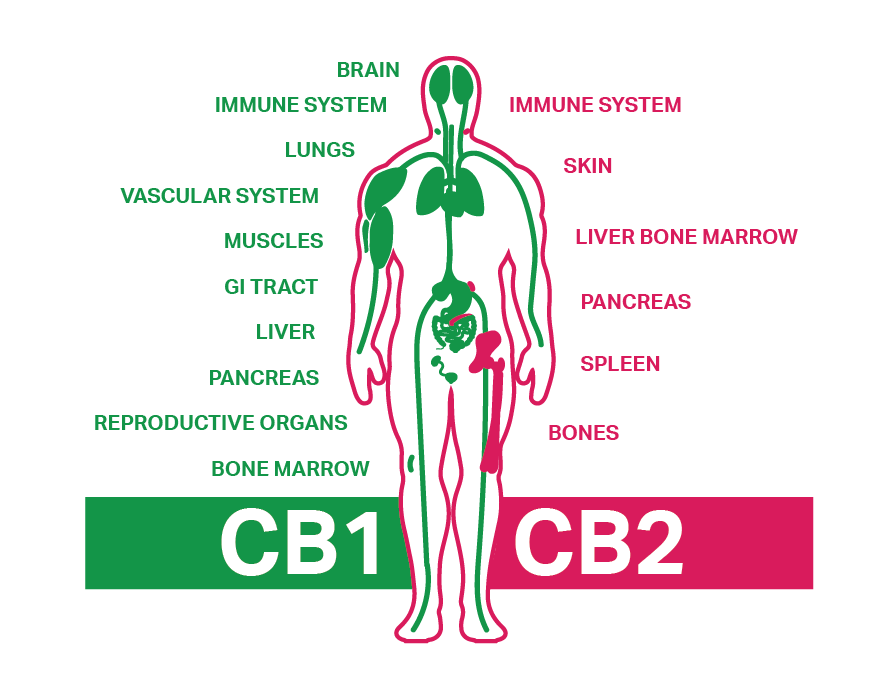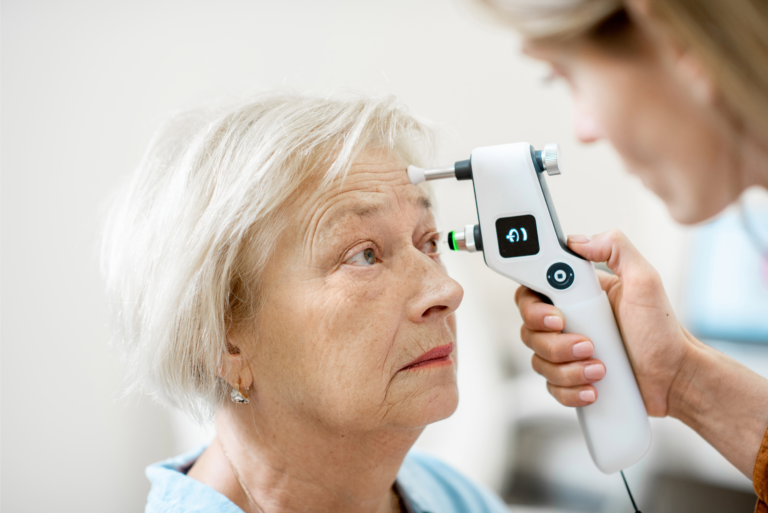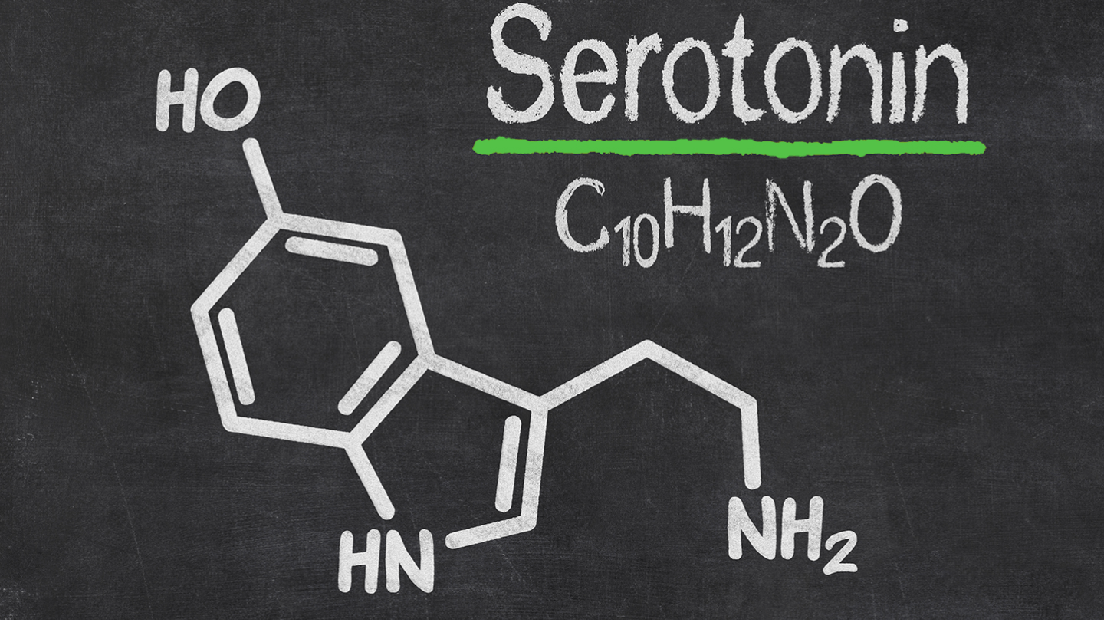Unraveling the Complexities of Cannabis: Exploring the Endocannabinoid System
Introduction
Cannabis, also known as marijuana, has been a topic of growing interest and debate in recent years. With the increasing legalization and therapeutic use of cannabis, it is essential to understand the science behind its effects on the human body. One of the key systems involved in cannabis’s interaction with our bodies is the endocannabinoid system (ECS).
The Endocannabinoid System
The endocannabinoid system (ECS) is a complex network of receptors, endocannabinoids, and enzymes that play a crucial role in regulating various physiological processes. This system is present in all vertebrates, including humans, and helps maintain homeostasis, ensuring that our body functions properly.
Components of the Endocannabinoid System
The ECS consists of three main components:
-
- Endocannabinoid Receptors: The two primary receptors, known as CB1 and CB2, are found throughout the body. CB1 receptors are primarily located in the brain and central nervous system, while CB2 receptors are mainly present in peripheral organs and immune cells.
-
- Endocannabinoids: These are the body’s natural cannabinoids, including anandamide and 2-arachidonoylglycerol (2-AG). They bind to cannabinoid receptors, helping regulate various functions such as mood, pain, appetite, and inflammation.
-
- Enzymes: Enzymes, such as fatty acid amide hydrolase (FAAH) and monoacylglycerol lipase (MAGL), are responsible for breaking down endocannabinoids once they have served their function.
Interaction with Cannabis
Cannabis contains over 100 cannabinoids, the most well-known being delta-9-tetrahydrocannabinol (THC) and cannabidiol (CBD). These cannabinoids interact with the ECS by binding to the CB1 and CB2 receptors, mimicking or enhancing the effects of endocannabinoids.
THC and CBD
THC is responsible for the psychoactive effects of cannabis, often associated with the “high” experienced by users. It has a high affinity for CB1 receptors, primarily found in the brain, resulting in altered perception, mood, and cognition.
CBD, on the other hand, does not produce a euphoric effect and has a low affinity for both CB1 and CB2 receptors. Instead, it exerts its effects by influencing other receptors and pathways, contributing to various therapeutic potential, including pain relief, anti-inflammatory properties, and possible anti-anxiety effects.
The Future of Cannabis Research
As more research is conducted on cannabis and the endocannabinoid system, scientists are uncovering its potential in various medical fields, including neurology, psychiatry, and pain management. Understanding the complexities of the ECS will help develop more targeted and effective therapies utilizing cannabis derivatives.
Further Reading
If you’re interested in learning more about the endocannabinoid system and cannabis, check out the following resources:
Share:



